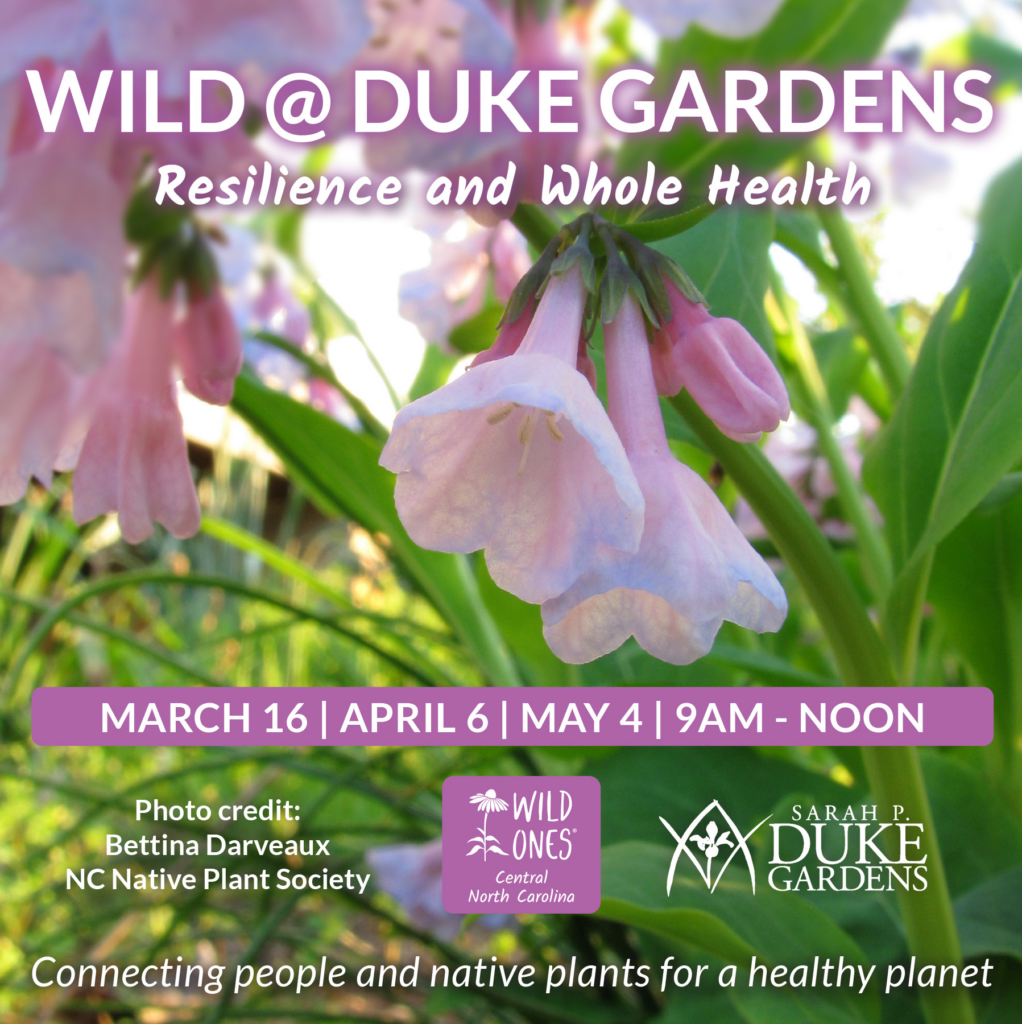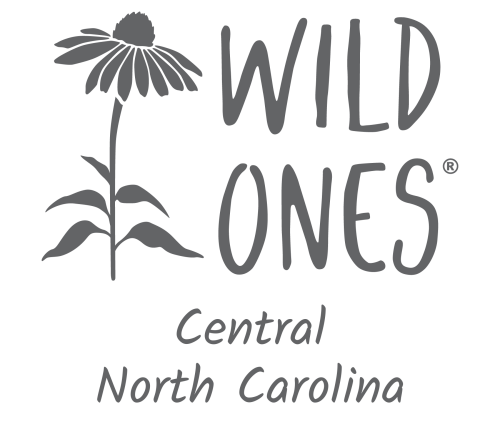In botany, the term “cues to care” is a phrase used to describe actions undertaken by humans that indicate a landscape is well cared for and meets cultural expectations for maintenance. The term was coined by Joan Nassauer in a paper titled “Messy Ecosystems, Orderly Frames” (Nassauer 1995). This concept is very useful as we try to integrate less common landscape designs into urban neighborhoods.
The term Cues to Care is also utilized in a different context. A Cue is psychology indicates a stimulus, event, or object that serves to guide behavior, such as a retrieval cue, or that signals the presentation of another stimulus, event, or object, such as an unconditioned stimulus or reinforcement.
Our work with the Sarah P. Duke Gardens aims at integrating these two concepts.

Renowned architect Preston Montague poignantly states “Landscape design connects us to our environment, to each other, and to ourselves. Because our environment impacts our physical, emotional, mental, and social well-being, as well as that of other species, I frame landscape design as an act of healthcare.” We could not agree more!
Preston Montague created the prototype native plant design for our Piedmont region. Cues to Care focuses on his work. You may find more information at: https://nativegardendesigns.wildones.org/designs/greensboro/.
HELPFUL HINTS FROM PRESTON:
- Focus on preserving and planting keystone species. These are species that have superlative resources for other species. Oak trees are an example.
- Target specific species of animals and insects you want to serve in the landscape and plant for them (ex. plant Rudbeckia sp. for goldfinches).
- Provide perennial, multi-seasonal food sources (nectar, fruit, and seed) through both woody and herbaceous plants so that wildlife have a stable source of nutrition.
- Leave a space (aka Permaculture Zone 5) where habitat can evolve without your intervention. For example, leave areas of the landscape alone where native bees can build homes underground without the danger of being mulched over.
- Avoid or reduce mulch use by incrementally adding new groundcover plants with seed and plugs. Leave some room in the budget every year to plant more groundcover until there’s no more ground left to cover.
- Don’t feel compelled to use the existing soil on your property and don’t assume it is a natural condition. It may be subsoil that was never meant to see the light of day in your lifetime but was exposed when developers stripped the topsoil layers off. You can bring in 50/50 topsoil/compost mixes for new beds or bury the landscape in layers of cardboard and wood chips and allow that to become soil over time.
- Disturbing existing soil can wake up a latent seed bank that creates more work for you in the long run.
For further explanation of the concept see: https://gardeningsolutions.ifas.ufl.edu/care/florida-friendly-landscapes/cues-to-care.html.
Jiayang Li, Joan Iverson Nassauer, Cues to care: A systematic analytical review, Landscape and Urban Planning, Volume 201, 2020, 103821, ISSN 0169-2046, https://doi.org/10.1016/j.landurbplan.2020.103821.
